Campaigners flag financial and environmental cost of demolition plans
Campaigners fighting the demolition of William Whitfield and Andrew Lockwood’s grade II*-listed Richmond House have sought to bring the financial and environmental cost of the proposals back into the political spotlight ahead of the general election.
Redeveloping all but the façade of the Whitehall landmark to make way for a temporary House of Commons chamber is a key – but hugely controversial – element of plans for the refurbishment of the Palace of Westminster, floated earlier this year by AHMM. Its proposals have now been lodged with Westminster council, but cannot yet be viewed by the public and no committee date has been set to assess them.
In the dying days of the current parliament, Save Britain’s Heritage has written to all MPs calling for a rethink on the demolition proposals, arguing that alternative schemes would save £1bn for the public purse and be the only option that met the government’s zero-carbon ambitions.
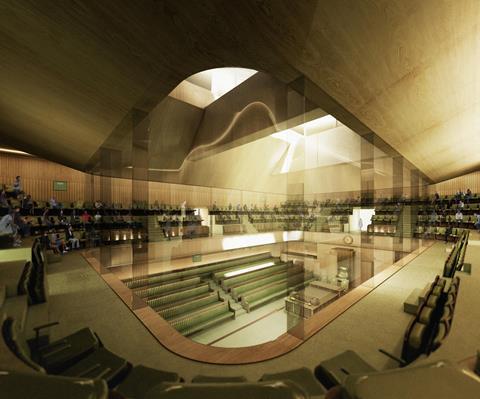
Measures to preserve the grade I-listed Palace of Westminster, and upgrade its facilities, are seen as vital for the building’s safety and security. Decanting both the House of Lords and the House of Commons to temporary homes – the Queen Elizabeth II Conference Centre in the case of peers – is now parliament’s preferred approach for the duration of works.
But in a letter to MPs, Save president Marcus Binney has called for a return to the drawing board on the Richmond House plans, with fresh thought given to alternative proposals by Mark Hines Architects, Hopkins Achitects and Foster & Partners.
Binney also cited research by carbon emissions expert Simon Sturgis, who is sustainability expert to the Stirling Prize. Binney said that Richmond House as it currently stands represented an “investment” of 16,500 cubic tonnes of carbon dioxide. Sturgis said demolition and disposal of the building would add further to the total, as would the construction of a replacement structure.

Binney said the cost of providing a temporary Commons chamber by demolishing Richmond House had now risen to £1.6bn – in addition to the expected £3bn cost of the Palace of Westminster work – and that the Hines, Hopkins and Fosters schemes would all be at least £1bn cheaper.
“The proposal to permanently demolish Richmond House to meet a temporary need is the most expensive, extravagant, and wasteful public sector proposal for years,” he said.
“The alternative options have been put forward by leading architects who have all designed and delivered major public buildings. It is an outrage that their serious proposals are being brushed aside by the parliamentary authorities.
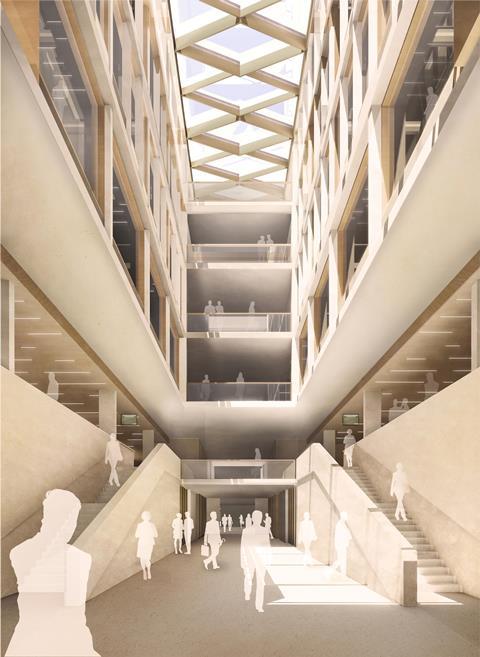
“MPs must look not only at the financial cost but also at the carbon cost. As the UK government has committed to a zero emissions target by 2050, no final decision on a temporary chamber should be made until parliament has commissioned an independent life-cycle carbon appraisal of the proposals as they currently stand.”
Binney said the built environment currently contributed some 39% of UK emissions of which 11% were described as “embodied emissions” relating to the sourcing of materials, construction, repair, replacement and eventual demolition and disposal of buildings.
Under the Hines relocation proposals, a temporary House of Commons chamber would be built on Richmond House’s current courtyard. However a major stumbling block for the scheme was the inability of the scheme to accommodate replica division lobbies for MPs. Hopkins’ plan sought to create a temporary commons chamber at the Foreign & Commonwealth Office, while Fosters’ scheme would have used part of Horseguards’ Parade.
In May this year, when AHMM launched its proposals for the demolition of most of Richmond House director Paul Monaghan said Whitworth and Lockwood’s retained façade would be the “centrepiece” of the new building.
A spokesman for Parliament’s restoration and renewal team said: “A range of locations and alternative proposals, including a Commons Chamber in the courtyard of Richmond House, were developed, scrutinised, and ruled out. This plan for Parliament’s Northern Estate is the only viable solution to provide a temporary home for the House of Commons, which is the essential first step to enable the restoration and renewal of the Palace of Westminster.”
He criticised Save’s suggestions for relying on the use of ”expensive secure temporary buildings which would be demolished and represent poor value for money” as well as being poor-quality, while a redeveloped Richmond House would remain part of the Parliamentary Estate.
He added: “Comparing the CO2 emissions of the proposed Richmond House scheme with the existing building as it stands, the new scheme is three times more efficient (using current building regulations) and seven times more carbon efficient per square meter of floor area (using the updated SAP10 carbon emission assessment factors recommended by the GLA).
“While the initial outlay on embodied energy for the proposed Richmond House is higher than a building refurbishment, annual CO2 emissions are drastically reduced over time. This investment in embodied energy includes a new energy centre in Richmond House, which will provide a low-carbon heating and cooling network to service all of the buildings within the Northern Estate site, reducing site-wide CO2 emissions by 250 tonnes per year.”











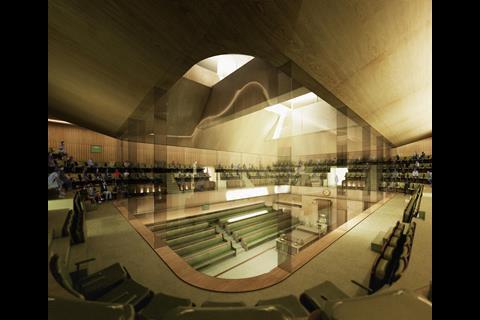
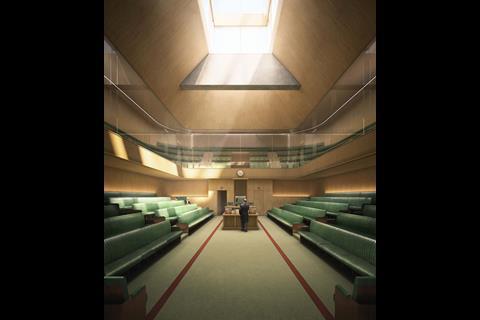


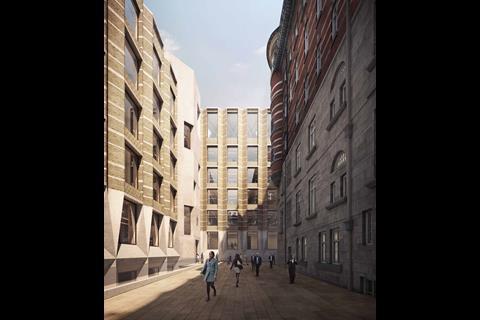


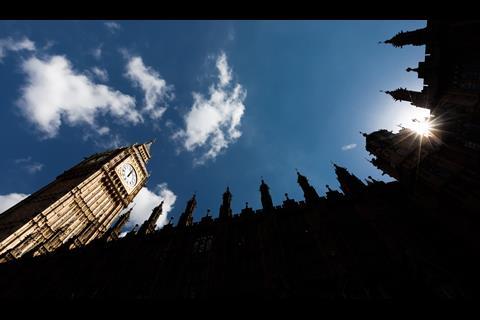







1 Readers' comment